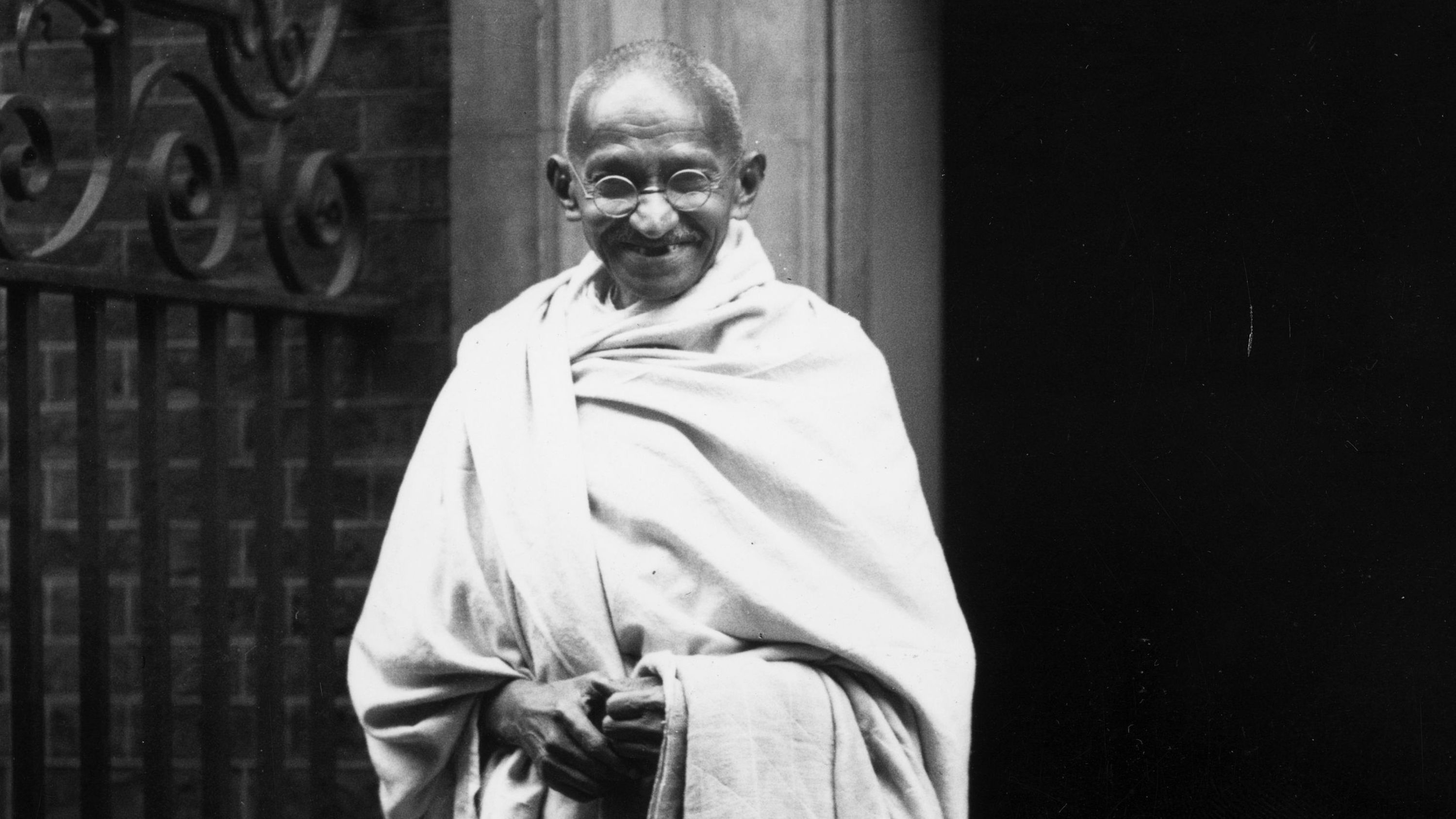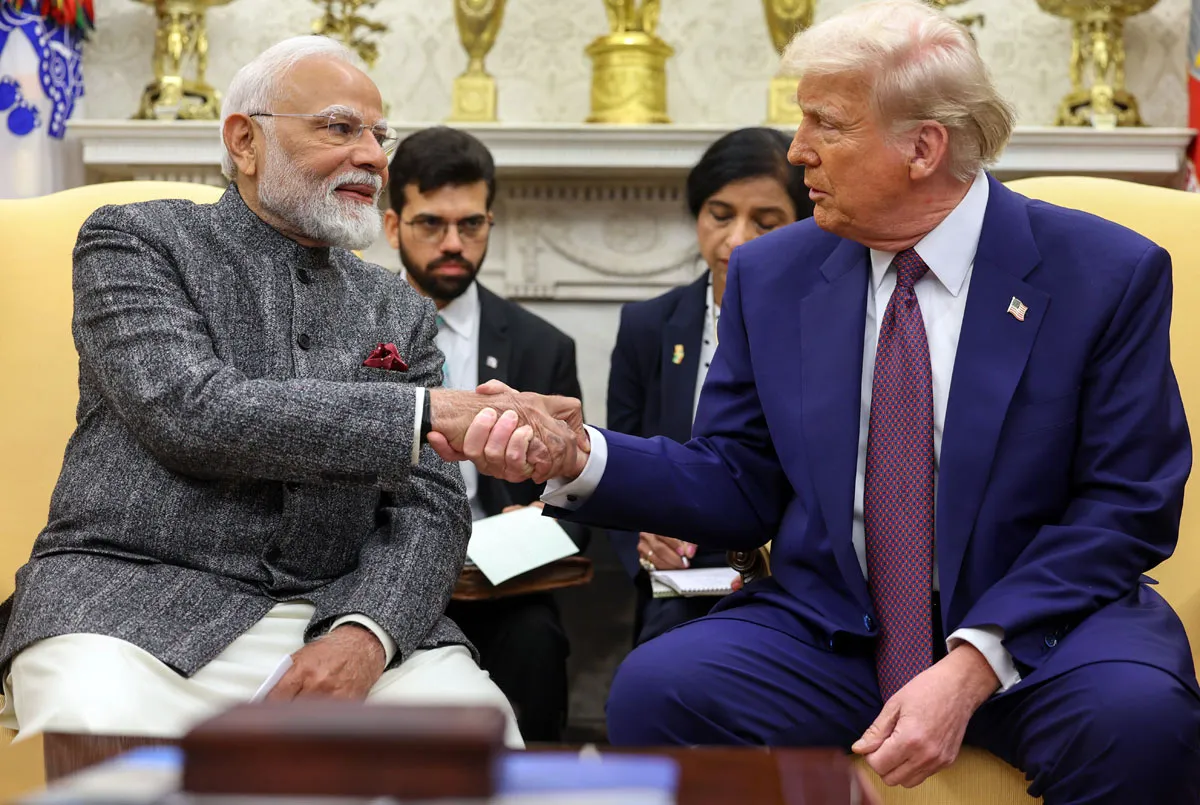
Mahatma Gandhi was no accidental symbol of India he curated his public image with strategic intent. As one biographer notes, “Gandhi was one of the most photographed people of the 20th century,” and he understood the evocative power of images in the independence movement.
He consciously adopted symbols like the Gandhi cap, spun in khadi to communicate simplicity, trust in local self-reliance, and solidarity with rural India. These became visual shorthand for the values he championed. His embrace of khadi and barefoot living weren’t accidental they reinforced his identity as an ascetic leader grounded in India’s agrarian ethos.
Art historian Sumathi Ramaswamy calls him a “master choreographer of his own image.” Despite this influence, Gandhi famously refused to pose for portraits or linger for artists, underscoring that his image was meant to serve purpose, not vanity.
Over time, this visual strategy shaped a rich iconography : wire-rim spectacles, walking stick, spinning wheel and khadi attire became universal motifs representing his philosophy and commitment. Even in biographical films, graphic novels, or mass-produced prints, Gandhi’s appearance sent ideological messages positioned as a folk hero, saintly guide, and moral conscience of India.
Thus his persona was not merely recorded history, it was designed history: a visual language conveying morality, nonviolence, and grassroots empowerment, intentionally crafted to resonate across generations.
Tags:
Post a comment
Daughter of Forest Man Builds Green Legacy
- 25 Jul, 2025
- 2
These open-air libraries will make you fall in love with...
- 03 Aug, 2025
- 2
These animals can survive without food for days!
- 03 Aug, 2025
- 2
What really triggers thunderstorm lightning strikes!
- 03 Aug, 2025
- 2
Office habits that secretly hurt your knees!
- 04 Aug, 2025
- 2
Categories
Recent News
Daily Newsletter
Get all the top stories from Blogs to keep track.

















